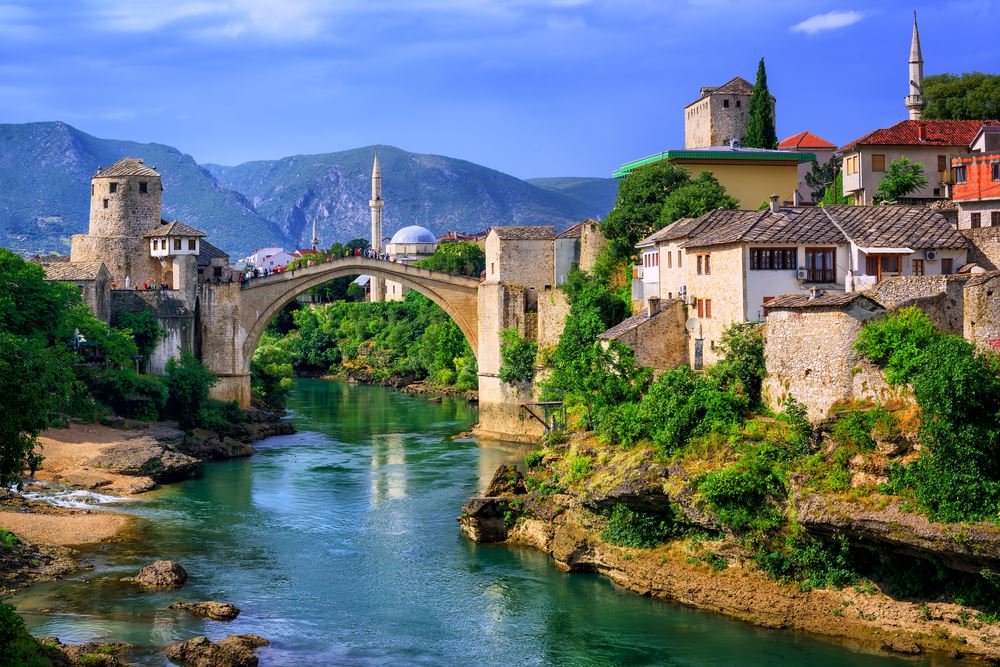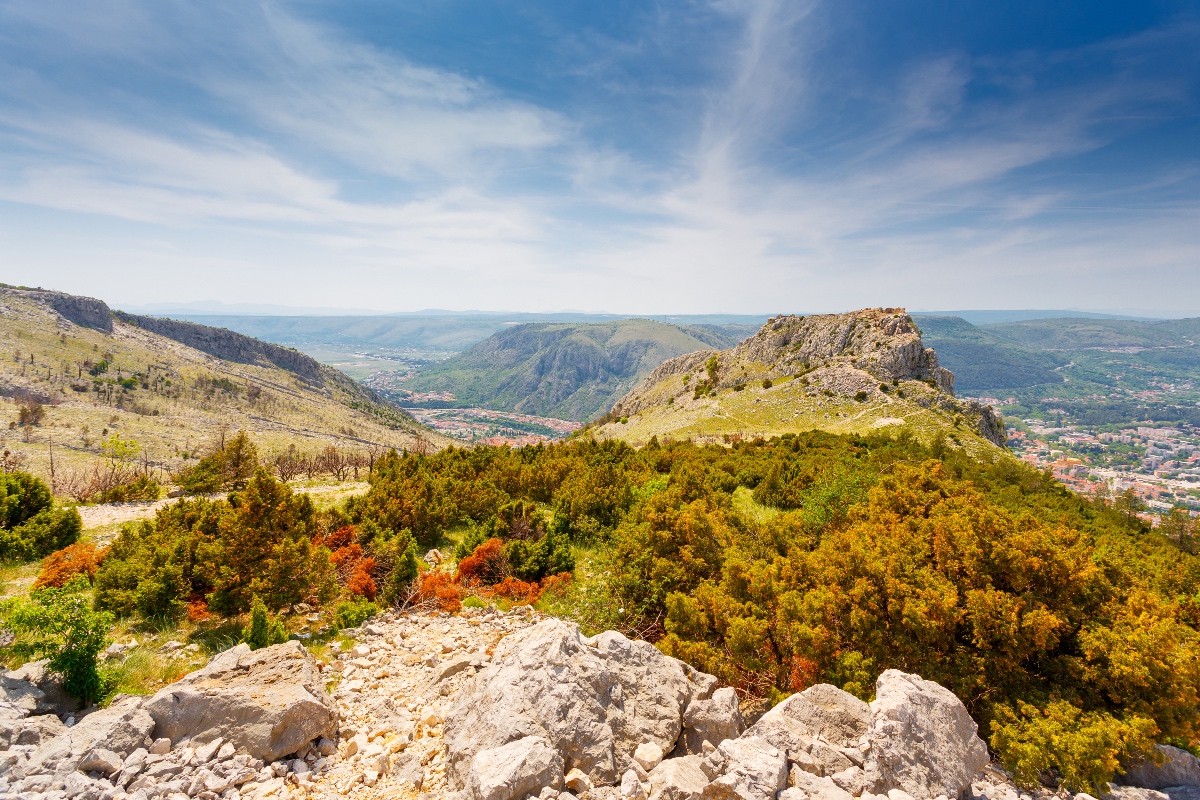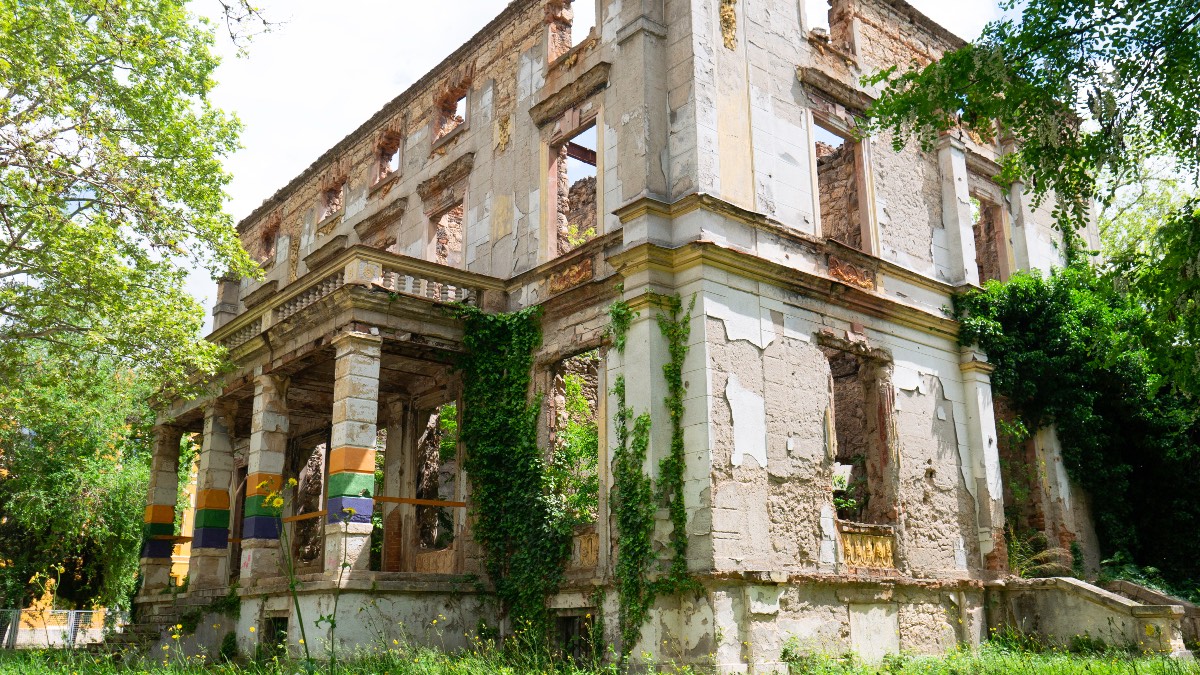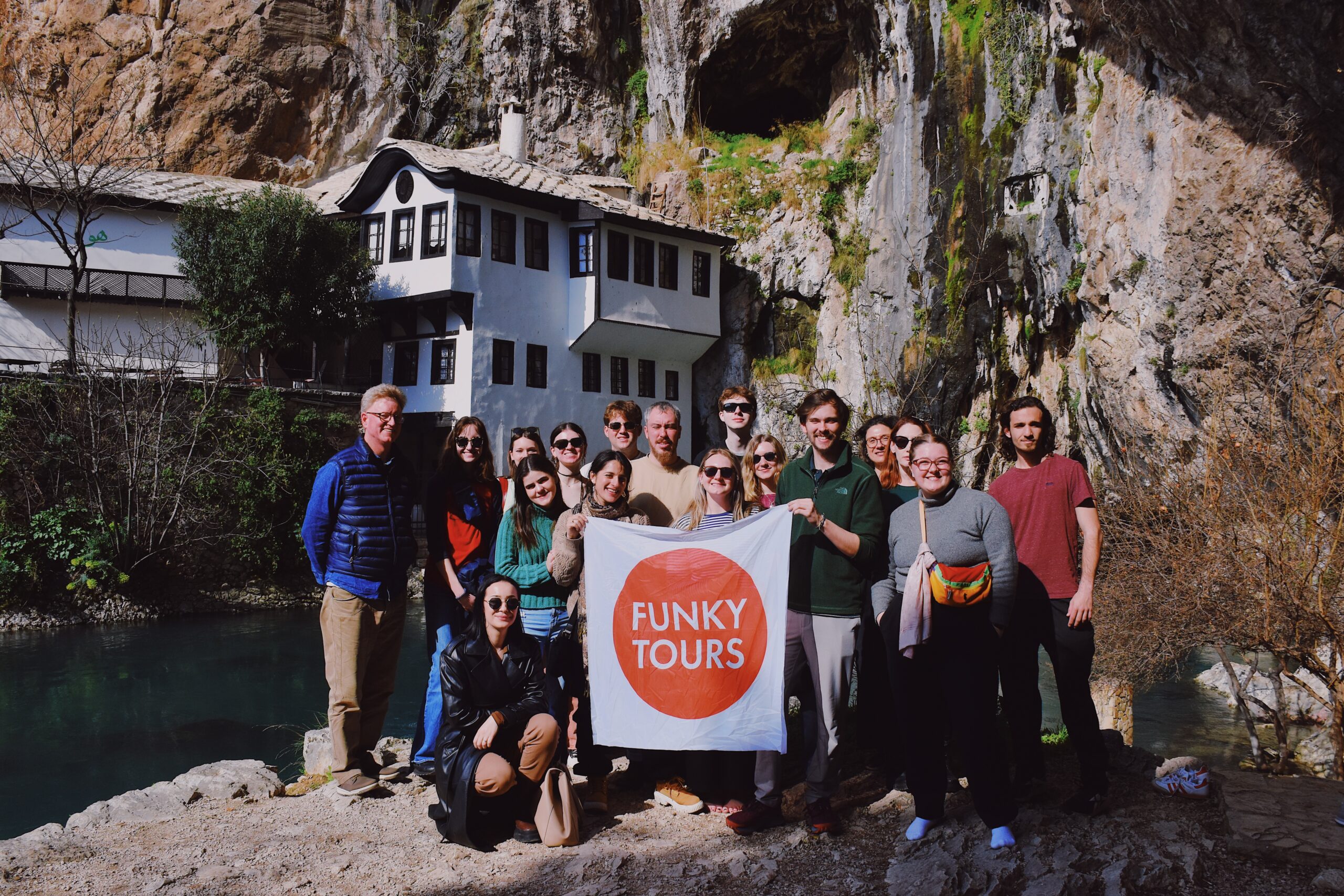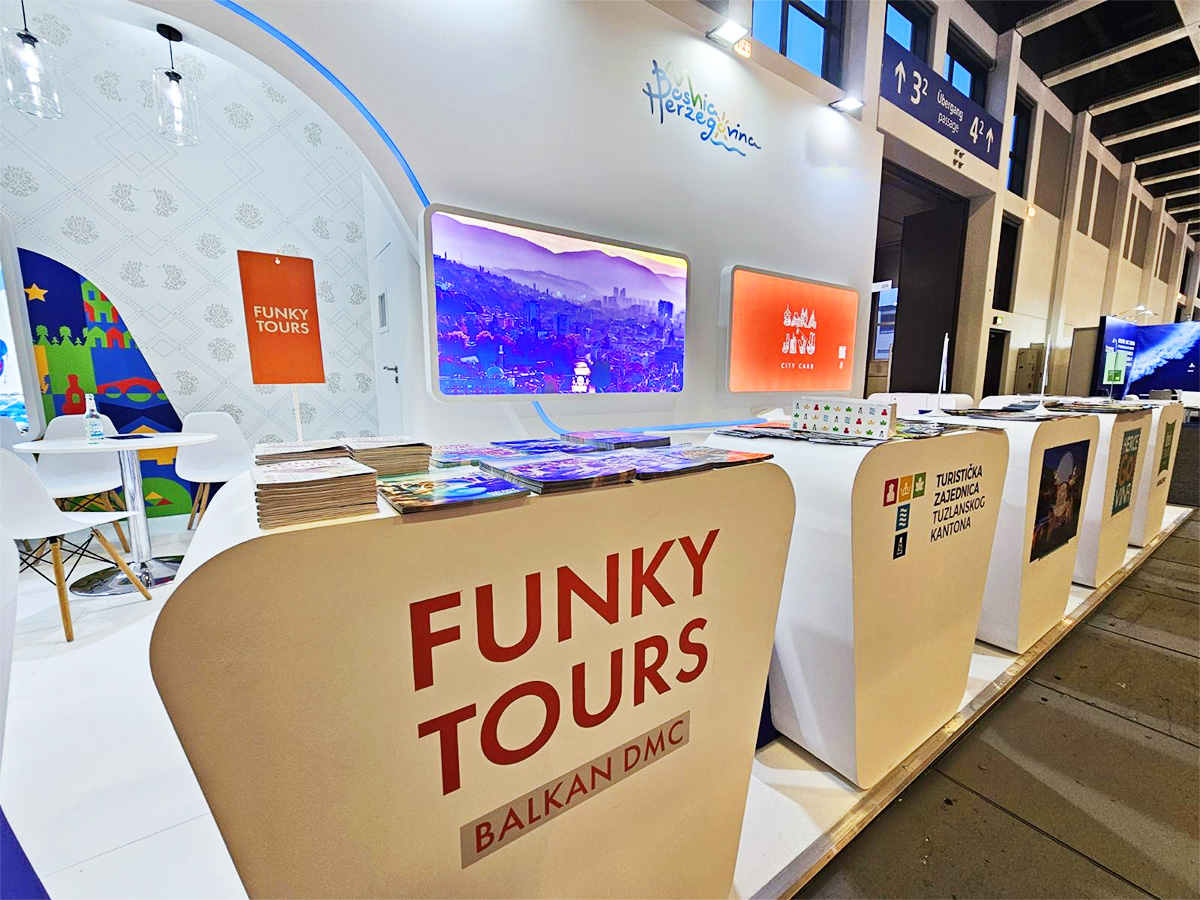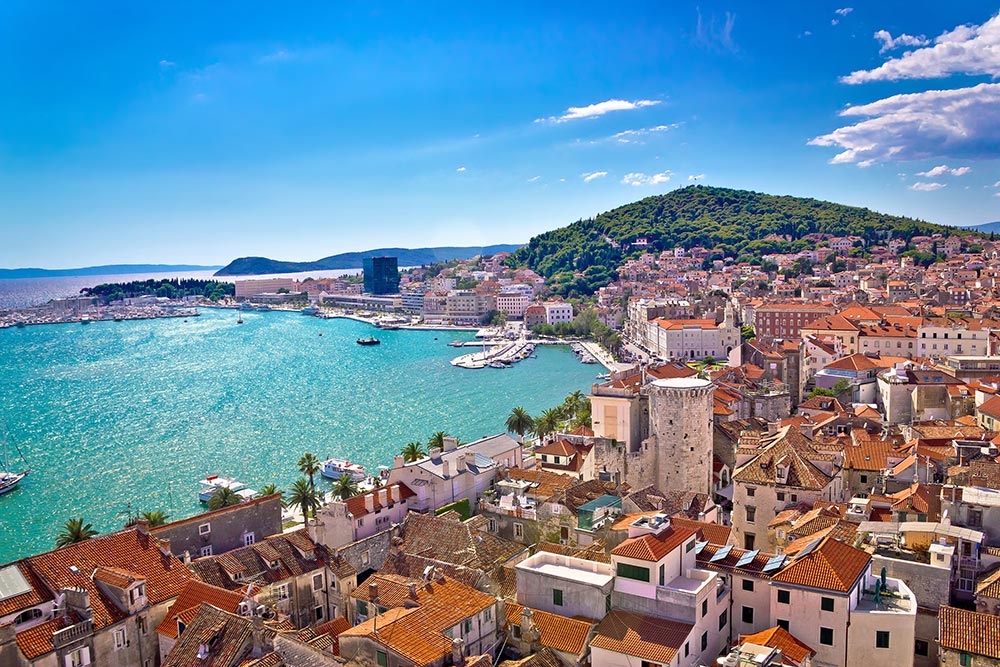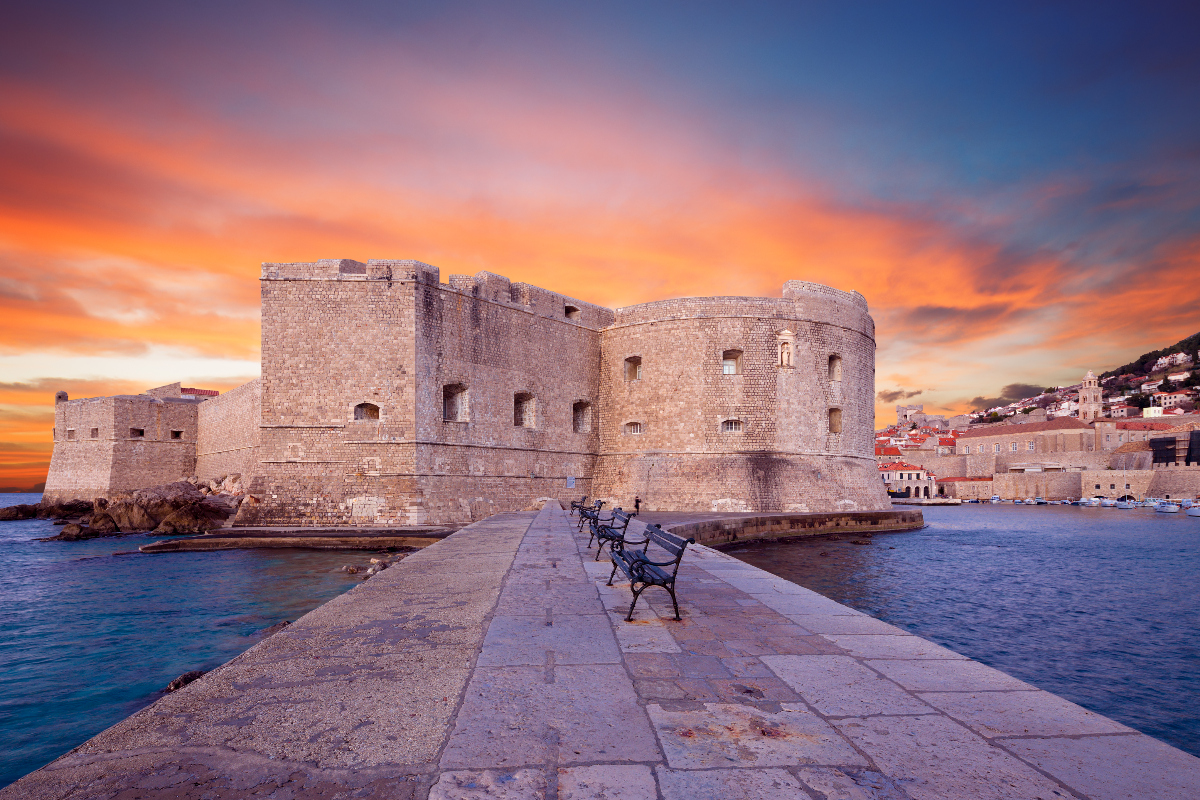Since the Old Bridge is one of the most iconic sites in the Balkans, and generally the trademark of the city and entire Herzegovina region, you wouldn’t think that anybody plunges off its ledge daily… but they do.
Members of the local Bridge Divers’ Club “Mostari”, in a centuries-old tradition, dive 24m into the ice-cold Neretva. Legend has it that the local boys and men were trying to impress the girls and women, therefore this activity turned into a famous tradition. The first recorded occurrence of somebody performing the bridge jump or dive is dating back to 1664.
Aiming to improve the tourist offer, the local community inaugurated a formal annual diving competition back in 1968 and it has been held every year since at the end of July. Back in the 9-year period of “absence” of the bridge, competition did not lack. Dives/jumps were organized from a mounted platform at the remnants of the Old Bridge.
Red Bull Cliff Diving World Series are being organized in Mostar since 2015. and are slowly turning into a separate popular tradition apart from the already existing one. For adrenaline rush seekers, divers’ club members provide the required training to take a jump.

